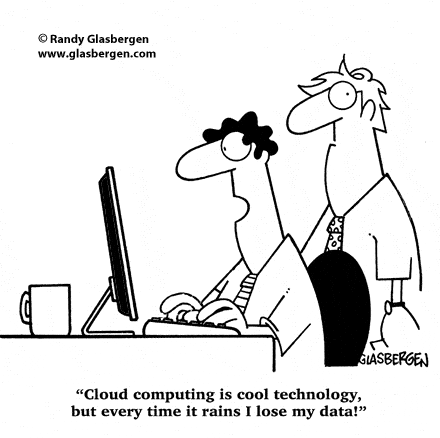With documents and training available over the cloud, medicine is being revolutionised.
Medical Sciences are transitioning from the traditional books and physical format to a digital world. According to a recent study, four out of every 10 medical physicians use electronic health records. In addition to these numbers, the rate of ERs and systems which rely upon digital information, either in part or in whole is increasing. As such, it takes to considering how the cloud has effected other areas of the medical profession and also to calculate where such technologies may lead the medical field.
Electronic Sharing of Medical history
It is nothing new that The Cloud is being utilized for sharing medical information. The HCC has set regulations on how private information can be shared, but for the most part, the documents are available for any medical practice to obtain and use on their patients. Benefits from having such forms and documents on hand is that the person being treated is far less likely to receive conflicting treatments, especially when seeing multiple physicians. Additionally, if the case of an emergency, a person’s medical history is on file for the ER providing vital information such as allergic prescriptions to avoid, whether the person has an existing condition, and prior treatments.
Even though The Cloud offers a solution to documentation and records, the sharing of such files is still showing to be an issue with many facilities. According to information week, “There are about 110,000 data elements in the electronic health record” and “existing data-definition standards don’t come close to capturing the full scope of what in electronic records”. In other words, the information available and the scope of the information has proven to cause a difficulty in sharing. And while there have been advancements in the sharing process, much is needed to get the documents on a global consistent platform.
Training and AR through the cloud
Documentation is not the only thing which the medical field has used the cloud for. Training through simulations and 3D models, as well as cloud based lectures has become more and more common in modern medicine. There is a convenience and a benefit to such methodologies. Students can study and attend lectures even when the elements do not allow them to be in a physical classroom. Also, by training on 3D simulation models, there is not the “human” factor to consider. This drives down the cost of training, the risk of personal lawsuits, builds up the confidence in the medical practitioner being trained, and helps to pinpoint weaknesses in procedures (for example an AR of a surgery can show if a student is performing the procedure correctly as well as visually record the errors within the procedure and relate such information back to the overseeing instructor/physician all without having an actual human as the ‘trial’).
Patient awareness
Perhaps one of the greatest advantages of using The Cloud and internet features for the medical profession is patient awareness and empowerment. There are several ways in which this is accomplished. First, the patient is allowed to access their personal medial history and in some cases they can add a journal entry as to treatments, exercise programs, and other helpful information for physicians. Patients are also empowered by the ability to see in 3D various procedures and videos of procedures which are to be performed. Additionally, such videos can be used as a preventive measure for certain patients who are showing symptoms of a medical problem, such as smoking, which can be prevented if lifestyle changes occur.
Where may it go from here?
Given that the mobile and smartphone devices account for more people then there are on the planet, the probability that the medical field will cater to doctors and patients who have smart devices is rather great. It would not be surprising to find that an app (though regulated by the government) becomes the standard in obtaining records and medical information. Furthermore, it would not be outside of the realm of reality to believe that certain non-life-threatening procedures will be performed in the further with the assistance of The Cloud, digital renderings, or app based programs. We can already see that the web provides several sites where a person can self-diagnoses themselves (such as webmd). It would not be surprising to see 3D imaging provided showing the actual person and allowing for instant relay and feedback to a physician based upon symptoms.
One thing is for certain. The days of the traditional doctor with a clip board and an office full of papers and medical books is drawing to a close. We live in a digital age and the medical profession is honing in on the technology outside of the ER which can best provide the best care for their patients.

